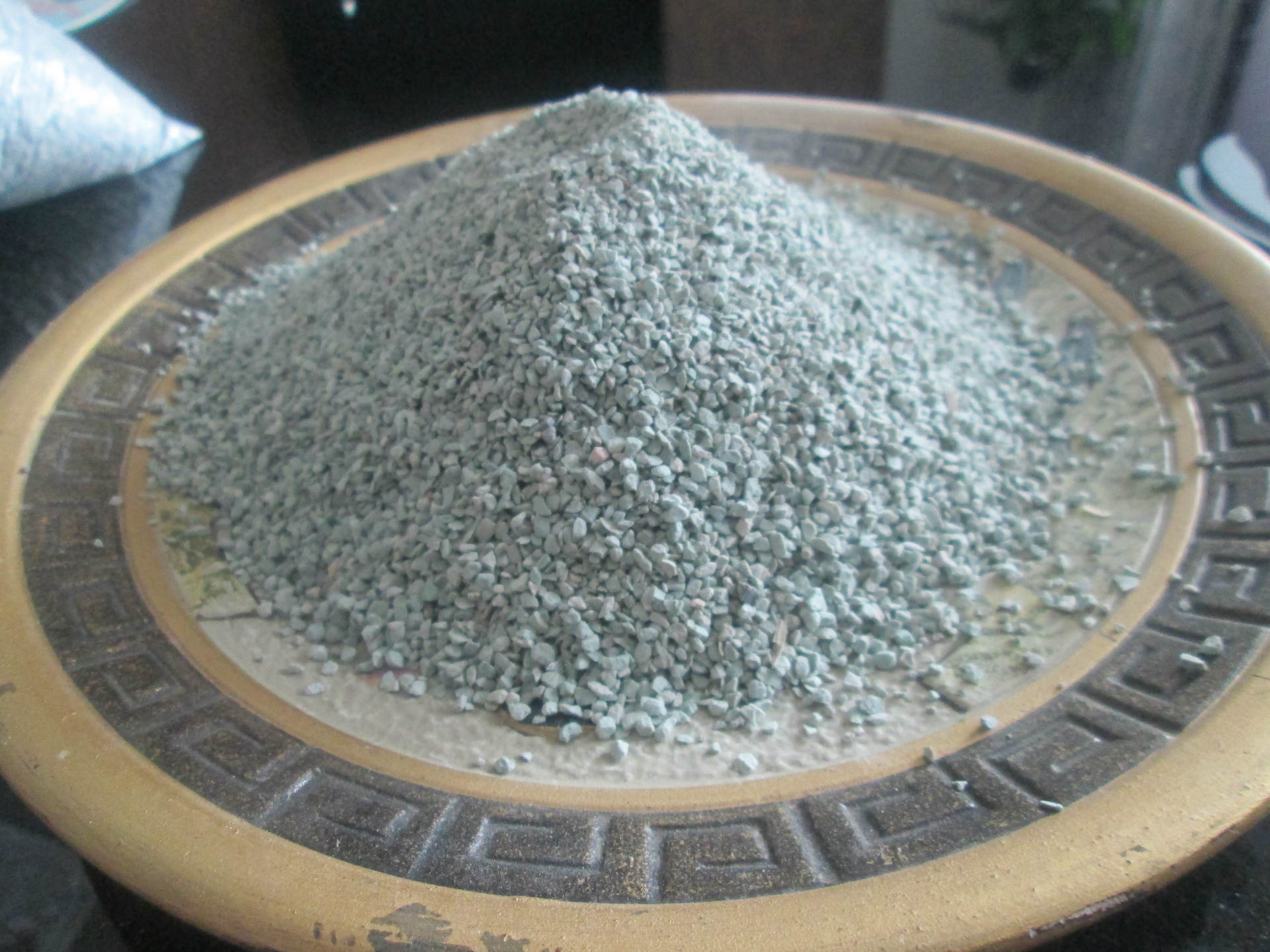
Exploring the Properties and Applications of Inorganic Oxides in Modern Science
Inorganic Oxides Properties, Applications, and Future Directions
Inorganic oxides are a diverse class of compounds formed through the reaction of oxygen with metals or non-metals. They play a crucial role in a wide range of industries and applications due to their unique physical and chemical properties. This article explores the significance of inorganic oxides, their properties, applications, and potential future developments.
Properties of Inorganic Oxides
Inorganic oxides present a wide variety of properties that make them suitable for numerous applications. The most notable characteristics include
1. Chemical Stability Inorganic oxides are typically resistant to corrosion and oxidation, which makes them ideal for long-term applications in harsh environments. For instance, titanium dioxide (TiO2) is known for its stability and resistance to UV degradation, making it an excellent component for coatings and pigments.
2. Semiconductor Properties Many inorganic oxides exhibit semiconducting behavior, which is vital in modern electronics. Zinc oxide (ZnO), for example, is used in various electronic devices due to its piezoelectric properties and high carrier mobility.
3. Catalytic Activity Inorganic oxides frequently serve as catalysts or catalyst supports in chemical reactions. Transition metal oxides like vanadium oxide (V2O5) are utilized in catalytic converters to reduce harmful emissions in vehicles.
4. Optical Properties Some inorganic oxides display unique optical properties. Cerium oxide (CeO2) is widely employed in optical applications due to its ability to absorb UV light and its high refractive index, making it a popular choice for glass polishing and as a component in solar cells.
Applications of Inorganic Oxides
The applications of inorganic oxides are numerous and span across various industries
inorganic oxides

1. Catalysis As mentioned earlier, many inorganic oxides act as catalysts. Their role in the petrochemical industry, for example, is crucial in processes like cracking and reforming, where they help to convert crude oil into more valuable products.
2. Nanotechnology Inorganic oxides are integral in nanotechnology, where their nanoscale properties can lead to enhanced reactivity and strength. Metal oxides like silica (SiO2) are commonly used to create nanoparticles for drug delivery systems, offering targeted therapy with fewer side effects.
3. Construction Materials Inorganic oxides are essential components in the production of concrete, ceramics, and glass. Their stability contributes to the durability and strength of these materials, making them fundamental in construction.
4. Environment and Energy In the quest for greener technologies, inorganic oxides are employed in photocatalysis for environmental remediation, helping to decompose organic pollutants under UV light. Additionally, they are pivotal in energy applications, such as in fuel cells and batteries, where their conductive properties are vital.
5. Healthcare Inorganic oxides, such as titanium oxide and zinc oxide, are used in biomedical applications. Their biocompatibility allows them to be used in implants and drug delivery systems, ensuring that they are safe for use in the human body.
Future Directions
As technology advances, the future of inorganic oxides looks promising. Research is increasingly focused on enhancing their properties for specific applications. For instance, the design of hybrid materials that combine organic and inorganic oxides is a burgeoning field that holds the potential for applications in sensors and environmental solutions.
Furthermore, the increased demand for sustainable materials has led to a renewed interest in recycling and reusing inorganic oxides. This is particularly relevant in the context of electronic waste, where finding ways to recover valuable metal oxides can promote sustainability.
In conclusion, inorganic oxides are versatile materials with a wide range of properties and applications that make them indispensable in many fields. As research continues to evolve, their role is likely to grow even more significant, paving the way for innovative solutions to some of the world's most pressing challenges. Whether it is in catalysis, nanotechnology, construction, or healthcare, inorganic oxides will continue to be at the forefront of technological advancement and sustainability initiatives.
Share
-
Vermiculite Wholesale – Premium Quality, Bulk Supply & Competitive PricingNewsJun.10,2025
-
Premium Glass Pebbles Custom Glass Pebbles Factory & OEM Manufacturer Reliable Custom Glass Pebbles FactoriesNewsJun.10,2025
-
Expert Custom Zeolite Producers Manufacturers & FactoriesNewsJun.10,2025
-
Custom Glow in the Dark Beads High-Quality Custom ManufacturersNewsJun.10,2025
-
China Ceramsite Balls Factory - Lightweight & Durable Media Solutions ManufacturerNewsJun.09,2025
-
Custom Matte Mica Powder Manufacturers High Quality & AffordableNewsJun.09,2025






